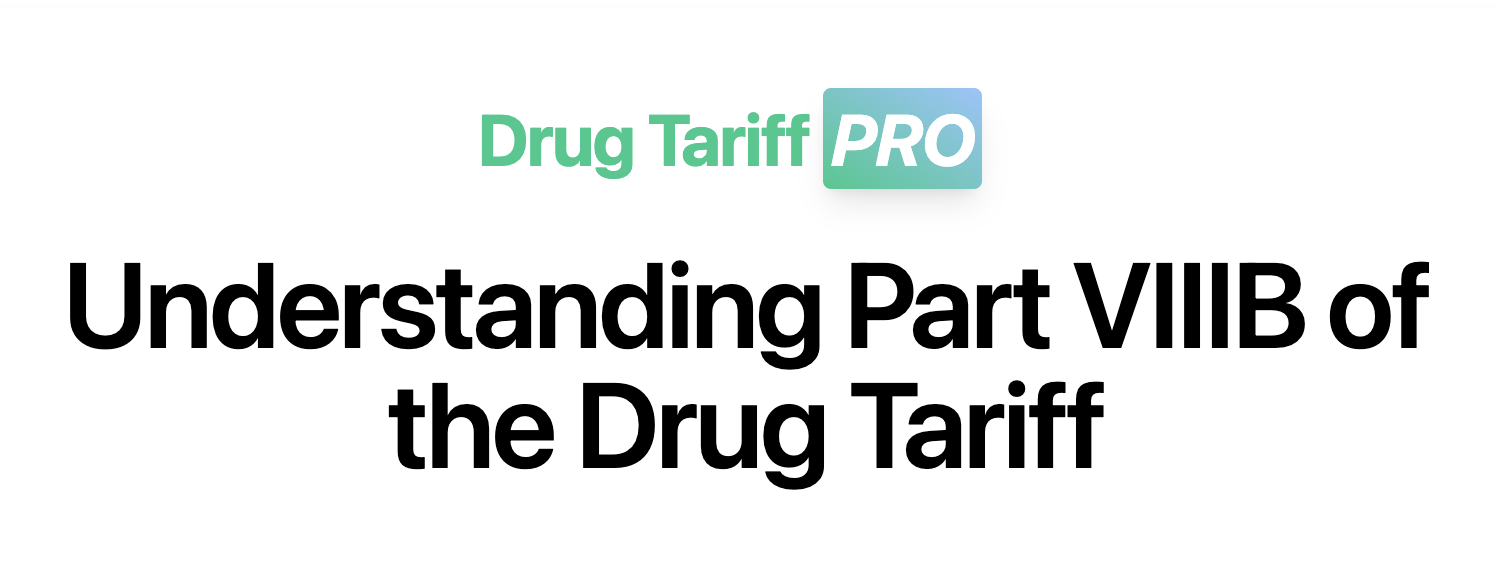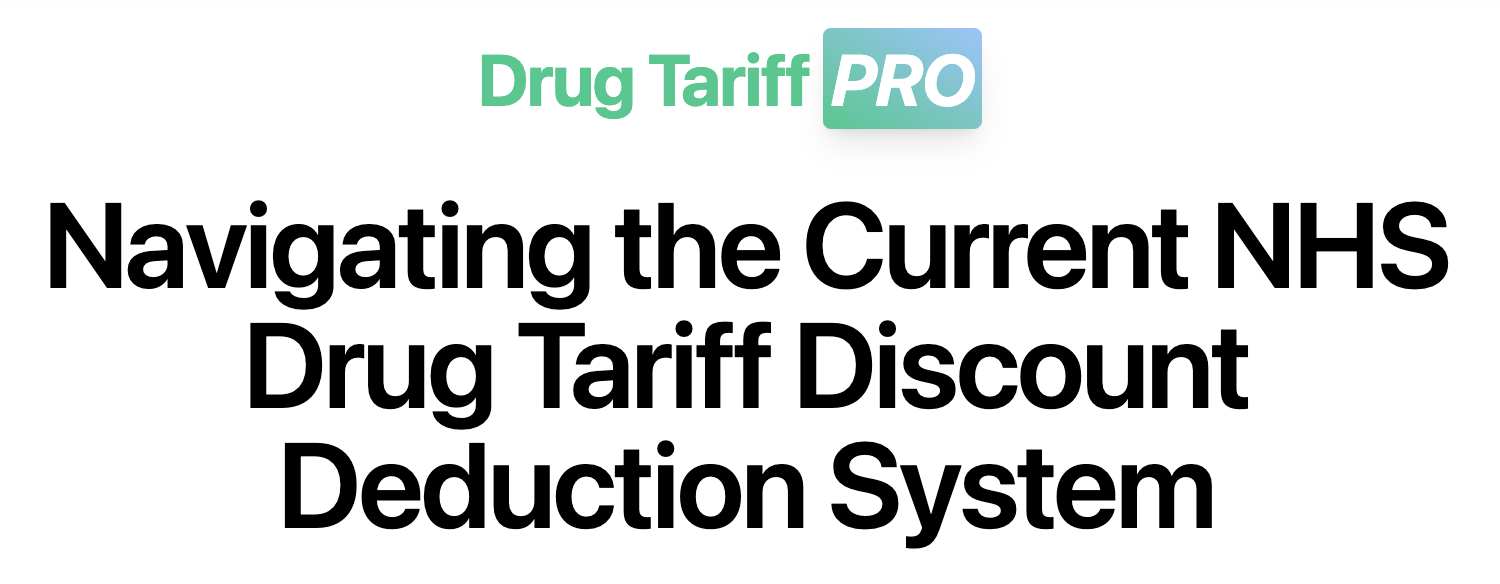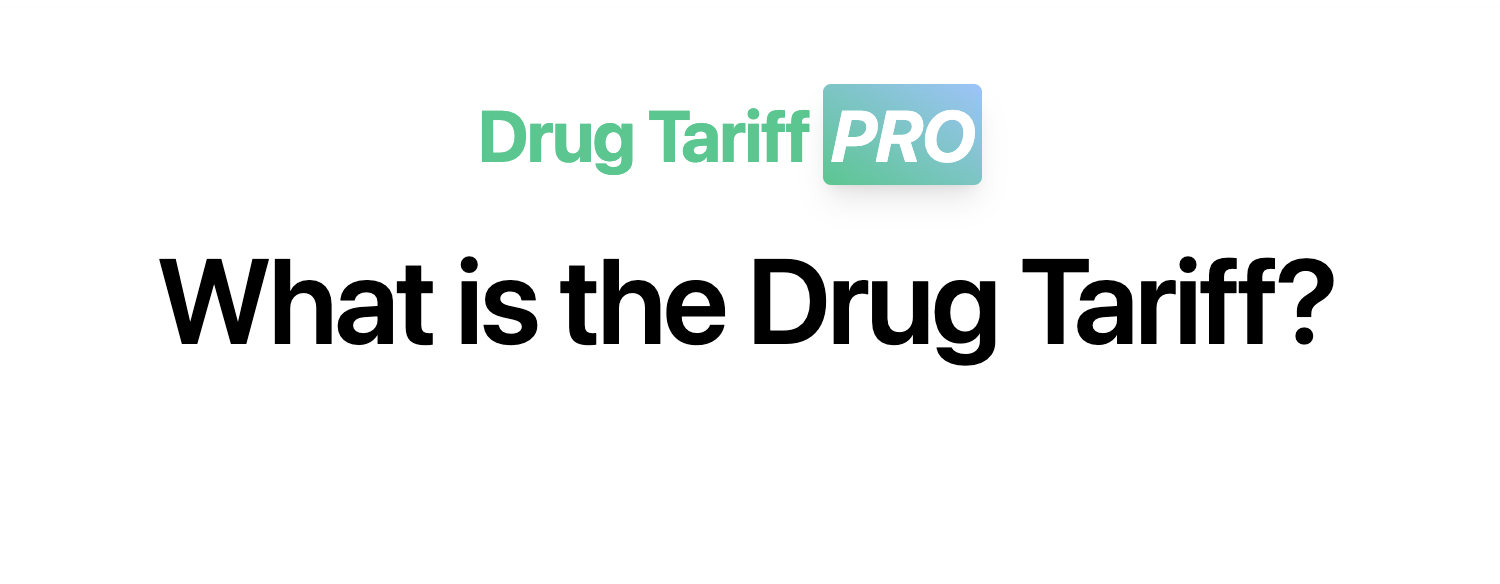Understanding Part VIIIA of the Drug Tariff
Part VIIIA of the NHS Drug Tariff sets the foundation for the reimbursement of generic drugs within the pharmacy sector. This section is divided into specific categories, each tailored to different types of generic drugs, reflecting the intricacies of the market and the cost of supply. Let's delve into the details of these categories and their significance for pharmacies.
Categories Within Part VIIIA Explained
The NHS Drug Tariff's approach to generic drug pricing is designed to balance accessibility with economic efficiency. Here's a closer look at the categories:
- Category A:
This category encompasses popular generics that are widely available in the market. The reimbursement price is determined based on a weighted average of the List Prices from two wholesalers and two generic manufacturers, ensuring a fair representation of market prices.
- Category C:
Items in this category are priced based on a specific brand or manufacturer. This allows for the reimbursement of drugs that may have limited sources of supply but are essential for patient care.
- Category M:
This category includes drugs that are readily available, with the Department of Health and Social Care (DHSC) calculating the reimbursement price. The calculations are informed by data submitted by manufacturers, ensuring an accurate reflection of the cost to supply these medications. Category M prices are updated quarterly in order to deliver the retained margin in the community pharmacy contractural framework.
The Importance of Navigating Part VIIIA Effectively
For pharmacies, mastering the intricacies of Part VIIIA is essential for the following reasons:
- Accurate Reimbursement:
Understanding the categorization and reimbursement rules is crucial for ensuring pharmacies buy their medicines in at an appropriate cost to ensure they aren't dispensing at a loss.
- Financial Planning:
Knowledge of how drugs are categorized and priced within Part VIIIA aids in more effective financial management and forecasting.
How Drug Tariff Pro Can Help
Navigating the detailed structure of Part VIIIA can be complex. Drug Tariff Pro simplifies this process for pharmacies by providing:
- Updated Drug Pricing:
Immediate access to the latest reimbursement rates across all categories, ensuring pharmacies can accurately forecast and manage their finances.
- Enhanced Information:
Detailed data on the actual reimbursement a pharmacy will receive after clawback, to avoid dispensing at a loss.
- Concession Prices::
Direct pricing of the latest concession prices so that pharmacies receive the most up to date information on hard-to-get stock lines.
- Trends for basic and concession pricing:
View the trends in prices over time for basic pricing and any relevant concession pricing, helping with forecasting so pharmacies can predict future reimbursements.
Conclusion
Part VIIIA of the NHS Drug Tariff is a crucial component of the pharmacy reimbursement ecosystem. Understanding the categorization and pricing mechanisms is essential for pharmacies aiming to maximize their reimbursement potential. With Drug Tariff Pro, pharmacies have a powerful tool at their disposal to navigate these complexities efficiently.
Unlock the full potential of the NHS Drug Tariff with a simple login or sign-up at Drug Tariff Pro.


